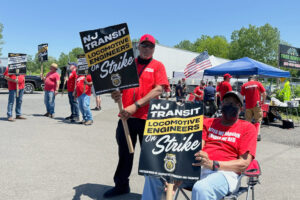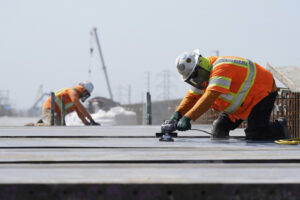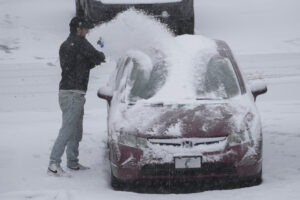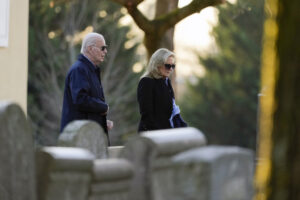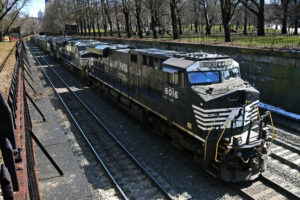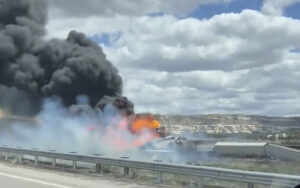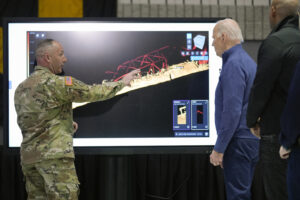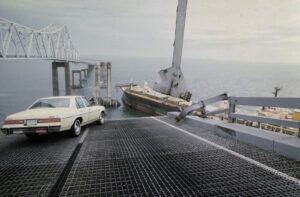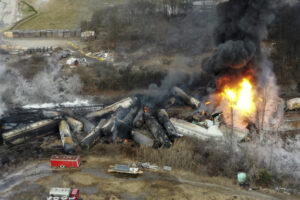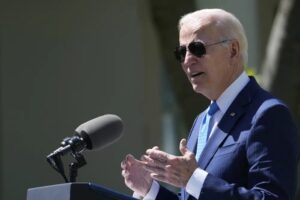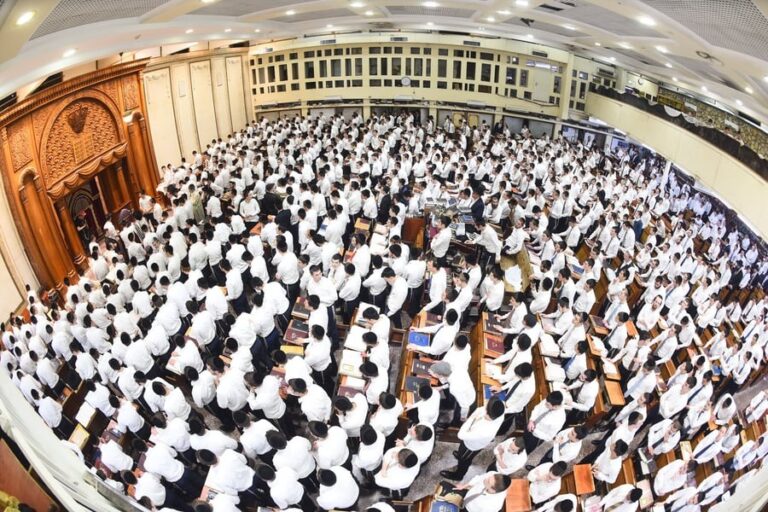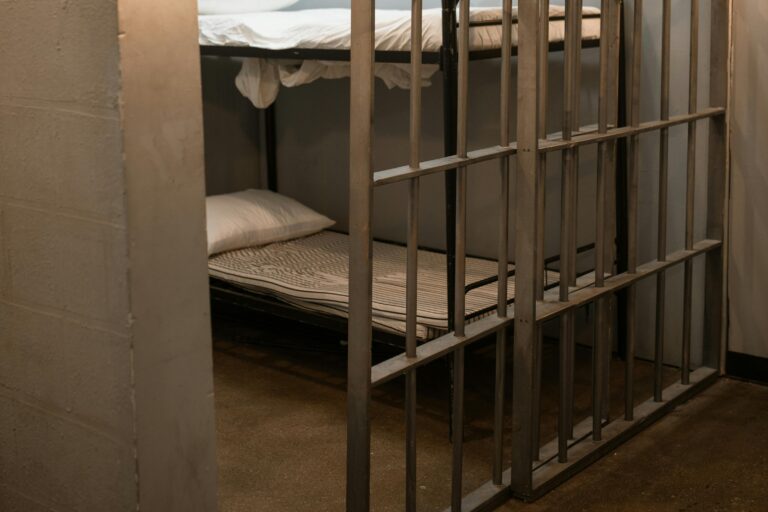Amtrak Train Set To Hit 110 MPH In Test Run
In a modest milestone for President Barack Obama’s high-speed rail vision, test runs will start zooming along a small section of the Amtrak line between Chicago and St. Louis at 110 mph on Friday. The 30-mph increase from the route’s current top speed is a morale booster for advocates of high-speed rail in America who have watched conservatives in Congress put the brakes on spending for fast train projects they view as expensive boondoggles. But some rail experts question whether the route will become profitable, pose serious competition to air and automobile travel, or ever reach speeds comparable to the bullet trains blasting across Europe and Asia at 150 mph and faster. U.S. Transportation Secretary Ray LaHood and Illinois Gov. Pat Quinn are scheduled to be on board when an Amtrak train hits 110 mph for the first time in Illinois. But it will only maintain that speed for a short time, somewhere along the 15 miles between Dwight and Pontiac, before braking back to more normal speeds. “The important thing is it’s a step in the right direction, but the question becomes what do we gain by doing this?” said David Burns, a rail consultant in suburban Chicago who drew up one of the first studies for high-speed service on the route more than three decades ago. Advocates say Midwest routes from Chicago hold the most immediate promise for high-speed rail expansion outside Amtrak’s existing, much faster Acela trains between Boston and Washington, D.C. They say it will give a growing Midwest population an alternative to traveling by plane or car, promote economic development along the route and create manufacturing jobs. In first announcing his plans in 2009, Obama said a mature high-speed rail network would also reduce demand for foreign oil and eliminate more than 6 billion pounds of carbon dioxide emissions a year — equivalent to removing 1 million cars from the roads. He set aside $8 billion in stimulus funds, directing the first round of money to speeding up existing lines, like the one across Illinois and calling it a down payment on an ambitious plan to change the way Americans travel. Even the short-term goals have run into trouble. Governors in Wisconsin, Ohio and Florida turned down hundreds of millions of dollars in stimulus funds, arguing not enough people would ride the trains and that states would be hit with too much of a financial burden for future operations. Things could get worse for high-speed plans and for Amtrak if Mitt Romney wins the presidency next month. Romney and Republicans are calling for an end to $1.5 billion in yearly federal subsidies to money-losing Amtrak. Nonetheless, proponents were cheered by Friday’s test ride and believe projects already in progress have opened the door to future development. “Given the fact that the program was a big zero at day one of the Obama administration and how hard one of the two parties has fought to keep that number at zero, I think we should be ecstatic about the progress,” said Richard Harnish, director of the Midwest High Speed Rail Association. Amtrak ridership hit a record 30 million passengers nationwide last year. On the Chicago-to-St. Louis route, passenger numbers increased 11 percent over the last fiscal year to more than 619,000 riders — some of them pulled


